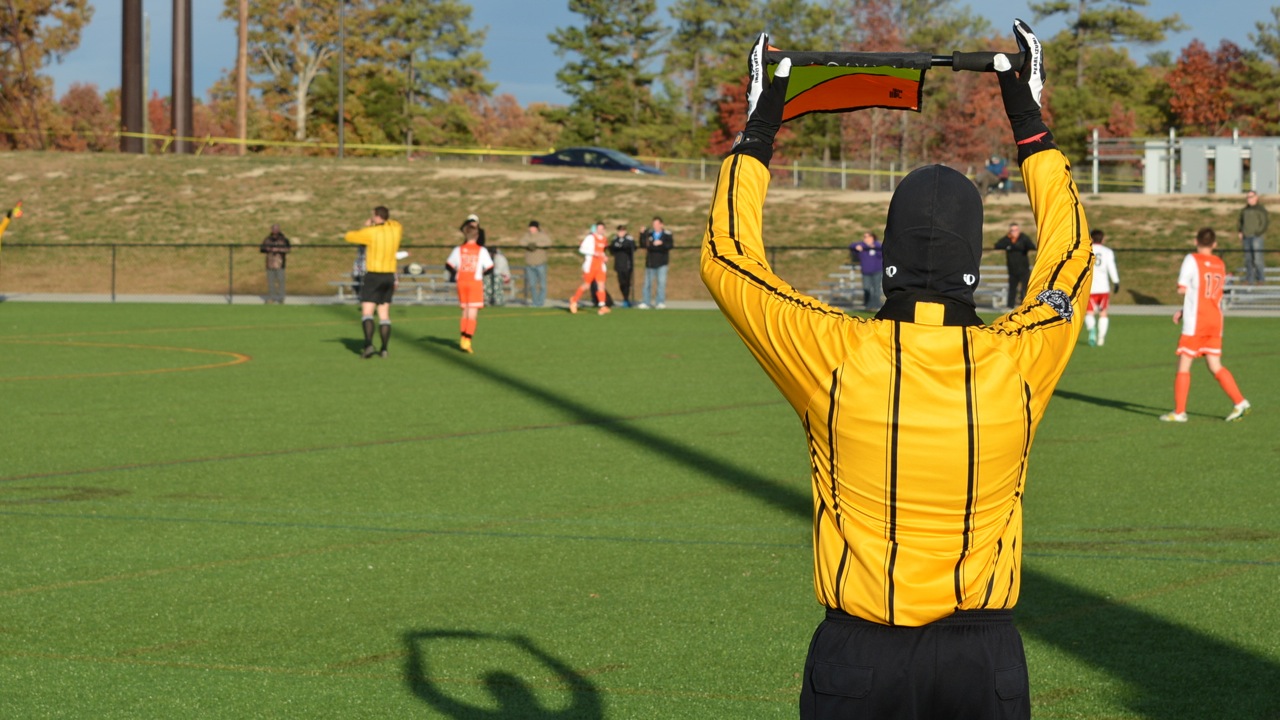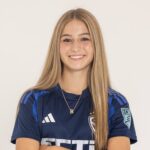U.S. Soccer needs to step up and talk with us, youth groups say

 Six months before the landscape of youth soccer is supposed to change, everyone has questions.
Six months before the landscape of youth soccer is supposed to change, everyone has questions.
Parents and coaches have questions. Why is our team splitting up? How do we adapt the Laws of the Game for mandates and guidelines on small-sided games and heading? What flexibility do we have to follow the spirit of these mandates while serving community needs?
Those questions are no longer just whispers on the sidelines at a youth game or idle discussion at the NSCAA Convention. A formal statement, addressed to “Leaders and members of U.S. Soccer,” says the federation has not communicated effectively with its member organizations about the new mandate on birth-year age groups.
The statement was released simultaneously by U.S. Youth Soccer and U.S. Club Soccer, credited to the “Youth Council Technical Working Group.” (The major youth organizations are members of U.S. Soccer’s Youth Council.) Other organizations in that group: SAY Soccer, AYSO, U.S. Futsal, U.S. Specialty Sports Association, and Major League Soccer.
These groups, themselves not always on the same page, started meeting in December to discuss the mandates on age groups, small-sided games and heading.
+ READ: Dure: What will come from U.S. youth soccer organizations’ detente
Several sessions at the NSCAA Convention shed light on some miscommunication and questions over the mandates. U.S. Soccer did not have representatives in most of those sessions to answer questions.
The youth groups’ statement reads in part:
Substantial questions remain about the impact of the new calendar-year registration model, and the interpretation that a player’s eligible competition year is determined by his/her age in the year in which the competition ends. This change results in every player moving up one age group and may not align appropriately with the mandated age appropriate play guidelines.
There are broad concerns about the efficacy of those new guidelines, which should have been addressed prior to broad dissemination of the materials.
Not only does the Federation have a responsibility to discuss such broad issues with its membership, but a transparent and inclusive process will produce better outcomes for everyone.
The “mandated age appropriate play guidelines” are a reference to the mandate on small-sided games. Because age groups will be determined by the second half of a “season” (e.g., 2017 in the 2016-17 competitive season), many players will move up two age groups this fall, when the organizations plan to put the age-group mandates in place. For example, a current U-9 player born in September 2006 will be a U-11 player in the fall.
That’s just one of the questions kicked around the NSCAA Convention meeting rooms. Others include the problem of having teams that are half eighth-graders and half ninth-graders, raising the likelihood that the eighth-graders will be left without a full team when the ninth-graders are playing high school soccer.
The question many parents have raised — whether their kids can play with elementary-school classmates or long-time teammates — is also up in the air.
+ PODCAST: Beau Dure on the chaos of the age-group mandate
At first, the mandate on Jan. 1 age-group cutoffs seemed to have some wiggle room. In October, then-Director of Coaching Dave Chesler indicated a soft stance, telling SoccerWire.com: “The organizational leaders must adapt and problem-solve in order to create solutions to the alignment of players with teams. There are no specific rules to this process and there are very important best practices centered on player development.”
Chesler confirmed this flexibility in an email sent to a local soccer club. That email, obtained by SoccerWire.com, says teams and leagues should be organized “according to a few key variables.” The first two:
- The (physical) developmental age of the players (NOT always equivalent or even close to the chronological age or birth year)
- The cognitive and social stage of the individual player (Yes, this includes “friendship and classmates for most kids)
As a footnote, Chesler says “it is logical that for the majority of kids, their school year is a common boundary for grouping,” though he urges clubs to consider “outliers” as well.
Given this guidance, several clubs in the D.C. metro area are planning to keep the recreational programs in age groups closely approximating grade years, allowing most kids to play with classmates.
More recent signals from U.S. Soccer have been mixed. And the youth groups are now demanding clarity and communication.











